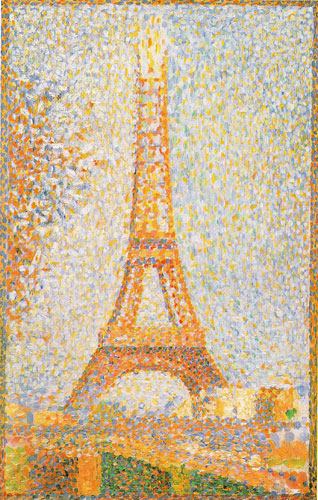
Late nineteenth and early twentieth-century Paris was arguably a city that increasingly solicited the eye. Not only was Paris witness to a proliferation of images (postcards, photographs, posters, prints, illustrated newspapers, film), but the city itself presented a topography of spectacular views to the urban stroller (or flaneur). Paris and its collection of various sites/sights were thus themselves simultaneously consumable visual commodities and the setting for consuming practices as varied as shopping and prostitution. Contemporary French art became another circulating commodity within this consumer culture. And, like Paris and its spectacle(s), the work of artists ranging from Manet to Matisse and Picasso was increasingly interpreted in visual/formal terms. This course will attempt to reconstruct a visual topography of late nineteenth and early twentieth-century Paris, situating artistic production within it. We will consider a variety of questions: how did different sites/objects of consumption inflect one another? How might they have encouraged certain modes of looking that could then be applied elsewhere? We will also put pressure on the framework of the course: to what extent can different visual commodities and visual modes be assimilated? Are looking and consuming really synonymous? What constitutes the visual, and in what ways is it not reducible to seeing? To accomplish these goals we will read a number of primary sources -- art criticism, artists' statements, fictional accounts -- as well as more recent writings on the subject of consumption and visual culture. Prerequisites: none. Estimated cost of materials: less than $50. IV. 4